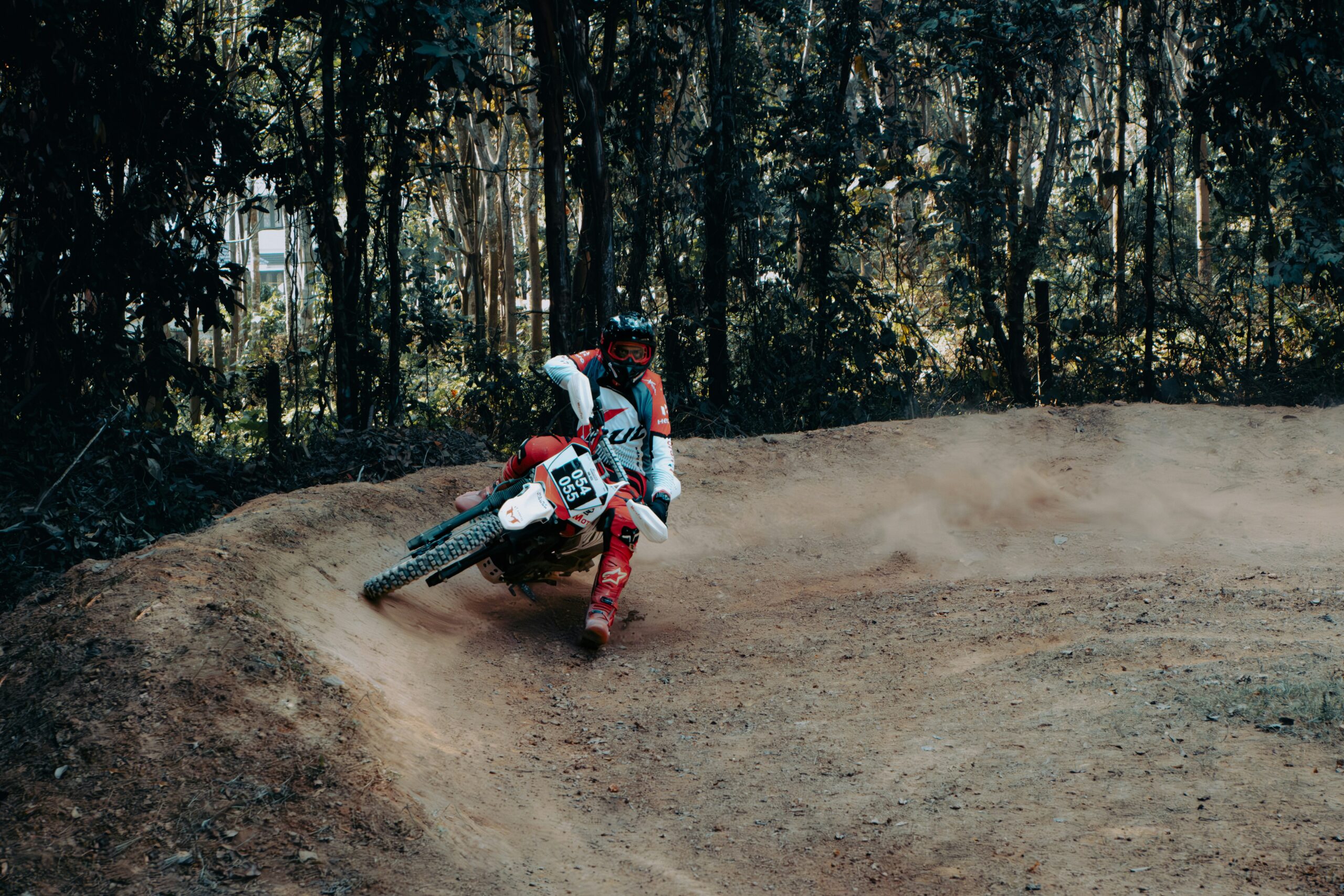
Competing in offroad races demands skill, strategy, and rigorous preparation. Professional riders dedicate countless hours to physical training, mental focus, and fine-tuning equipment. Whether you’re a novice or a seasoned racer, understanding how top riders prepare can give you a competitive edge.
Physical Training for Offroad Excellence
Conditioning the Body for Rough Terrain
Offroad riding tests endurance and strength. Riders prioritize fitness routines focusing on core strength, flexibility, and cardiovascular health. Strong cores enhance balance during sudden turns and uneven terrain. Exercises like planks, squats, and lunges strengthen the core and lower body.
Building Endurance for Long Rides
Stamina plays a key role in maintaining consistency. Riders engage in high-intensity interval training (HIIT) and long-distance running or cycling to enhance cardiovascular endurance. This prepares them for the demands of prolonged racing events.
Injury Prevention Through Flexibility
Stretching exercises, such as yoga or dynamic stretches, prevent injuries by improving flexibility. Limber muscles handle jerky movements better, reducing strain during sudden impacts.
Mastering Bike Control and Technique
Perfecting Riding Techniques
Offroad racers dedicate time to mastering advanced riding techniques. Skills like brake control, throttle management, and body positioning are refined during practice. They ensure better stability and smoother handling over obstacles like rocks, mud, and steep inclines.
Practicing in Similar Conditions
Top riders replicate race conditions during training. Riding in environments mimicking the racecourse helps them familiarize themselves with potential challenges. This approach enhances confidence and adaptability.
Riding Through Diverse Terrains
Training across various terrains, such as sand, gravel, or forest trails, builds versatile riding skills. Depending on the surface, riders learn to adapt their speed, balance, and posture.
Mental Preparation for Peak Performance
Visualization Techniques
Visualization is a powerful tool for success. Riders mentally rehearse the race, envisioning themselves navigating the course efficiently. This practice builds focus and reduces pre-race anxiety.
Staying Calm Under Pressure
Races can be unpredictable and require split-second decisions. Meditation and breathing exercises improve mental clarity, enabling riders to stay composed during intense situations.
Analyzing Past Performances
Experienced riders review their past race performances. Identifying mistakes and strategizing improvements helps them prepare for future challenges.
Fine-Tuning the Equipment
Thorough Bike Maintenance
A well-maintained bike is crucial for off-road success. Riders conduct detailed checks of brakes, suspension, tires, and chains. They ensure every component performs flawlessly.
Tire Selection and Pressure Adjustments
Tire choice can make or break a race. Top riders select tires suited to the terrain, adjusting air pressure for maximum grip and control. Softer tires work better on muddy tracks, while harder compounds suit rocky trails.
Adjusting Suspension for Comfort
Suspension settings are tailored to the course. Riders adjust rebound, compression, and preload to enhance bike stability and comfort during jumps or bumps.
Pre-Race Nutrition and Hydration
Fueling the Body
Proper nutrition supports peak performance. Offroad racers consume balanced meals rich in lean protein, complex carbohydrates, and healthy fats. Foods like grilled chicken, quinoa, and nuts provide sustained energy.
Staying Hydrated
Dehydration impairs focus and endurance. Riders prioritize hydration by drinking water and electrolyte-rich beverages before and during the race.
Using Energy Gels or Snacks
Quick energy sources like gels or granola bars keep energy levels steady during long races. Riders stash these inaccessible snacks in their pockets for easy consumption.
Gear Selection and Safety
Choosing the Right Protective Gear
Safety is a top priority. Riders invest in high-quality helmets, gloves, boots, and body armor. The right gear reduces injury risks during accidents.
Layering for Weather Conditions
Weather varies across race locations. Riders prepare for temperature changes by layering breathable and moisture-wicking clothing.
Inspecting Gear Before the Race
A thorough gear check ensures every item fits properly and functions as expected. Loose or faulty gear can cause distractions or injuries.
Race Day Strategy
Arriving Early for Familiarization
Riders arrive at the track early to inspect the course. Walking or cycling through the trail helps them identify tricky sections and strategize accordingly.
Warming Up Before the Race
A proper warm-up session loosens muscles and boosts circulation. Simple stretches or light cycling prepare the body for peak performance.
Starting Smart
A strong start sets the tone for the race. Riders focus on maintaining control while accelerating strategically, avoiding unnecessary risks in the opening lap.
Post-Race Recovery
Cooling Down
Post-race recovery is vital. Riders cool down with stretches and light activity to prevent stiffness and speed muscle recovery.
Rehydration and Nutrition
Replenishing lost fluids and nutrients is crucial. Riders consume protein-rich snacks or shakes to support muscle repair.
Reflecting on Performance
Analyzing their performance helps riders understand what worked and what didn’t. Feedback from coaches or teammates is invaluable for growth.
Preparing for an offroad race goes beyond riding skills. It requires a holistic approach, combining physical fitness, mental strength, bike maintenance, and strategic planning. By adopting these practices, riders can confidently enhance their performance and tackle even the toughest challenges.